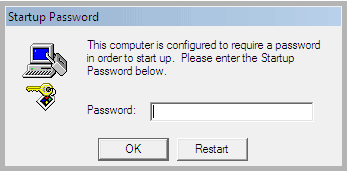Ever wonder how to clean out your computer? Many people do, because it’s not unusual to have your PC filled with adware, toolbars and other programs you no longer need or probably never intended to install in the first place. But like most people, what programs should you remove is the tough question.
Well we have your answer!
For PC users, you just simply need to visit and download "
Should I Remove It?"! "Should I Remove It?" is a tiny, lightweight program designed to show you what programs you have installed on your computer and quickly determine what programs you can safely remove.
For an even deeper clean, we can't recommend
CCleaner enough! CCleaner can help restore your system speed by removing unnecessary files taking up room on your hard drive as well as clear out errors and broken settings to improve stability. CCleaner can also help boost your browser speed and help protect your privacy by securely erasing tracking cookies and history!
Now, for the Apple Computers, there is
CleanMyMac.com. CleanMyMac finds the junk that got installed on your Mac and full system cleaning. It helps you figure out if your system has extra/unneeded add-ons installed and even left over junk files from old programs and software/system upgrades. When everything on your Mac works twice as fast, you accomplish more every day. All you need is the right tool to make your Mac clean and fast again. CleanMyMac is perfect for the job: it removes the clutter from hard drive and speeds up your system. Plus, it’s super easy to use!
Should I Remove It? ~
www.shouldiremoveit.com <-- clean-up="" div="" program="" windows="">
CCleaner ~
www.ccleaner.com <-- cleaning="" deep="" div="" program="" windows="">
CleanMyMac ~
www.cleanmymac.com <-- app="" clean-up="" div="" macintosh="">
Pacific Northwest Computers
www.pnwcomputers.com














